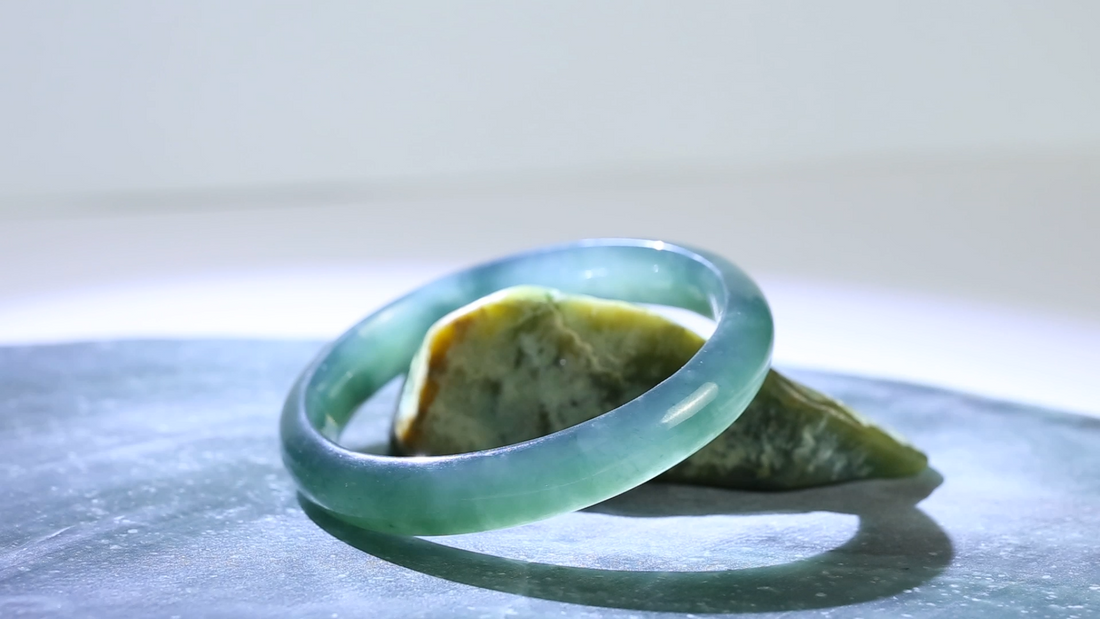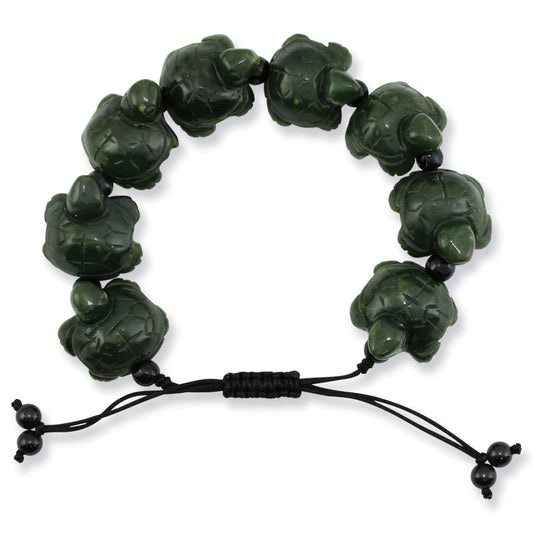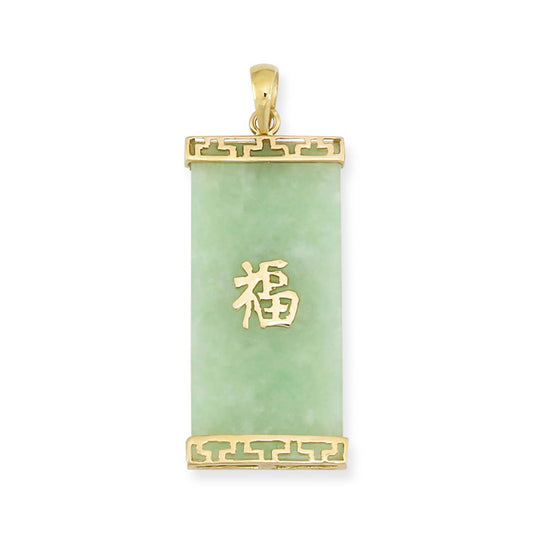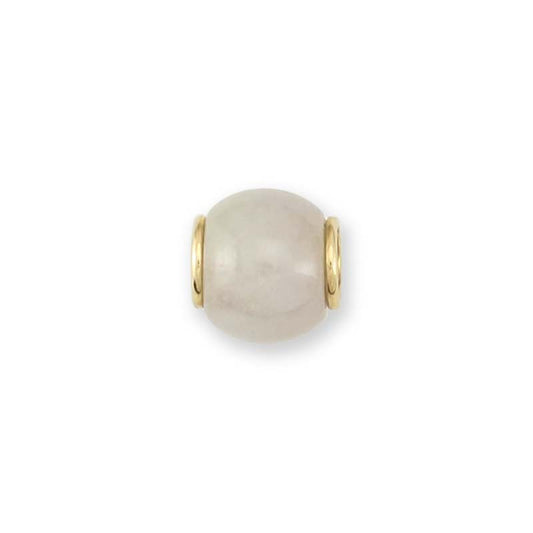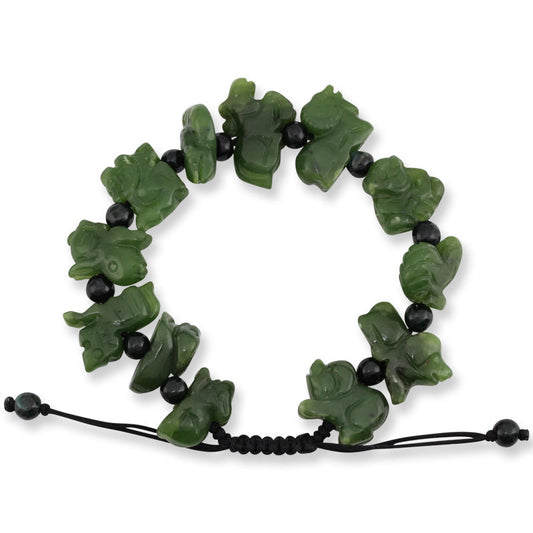Understanding the Truth Behind a Common Jade Myth
At Mason-Kay Jade, we are proud to offer only natural, untreated jade—a standard we've upheld since 1976. While the majority of our inventory is jadeite jade, we also offer a carefully curated selection of nephrite jade. As trusted experts in the jade industry, we often get asked: "Does jade change color?"
Let’s unpack the facts.
The Belief Behind Jade’s Color Change
Our Mason-Kay sales team often visits international trade shows and hosts pop-up events at stores all over the country. In our interactions with customers, one of the most common questions we get is: Does jade change color?
...Where does this idea come from?
There’s a long-standing belief that jade can change color based on the wearer’s health or emotions. While this idea is rooted in culture, there are a few scientific and environmental reasons why jade might appear to change color:
-
Lighting Effects: Because of its translucency, jade can look different under various lighting conditions. This isn’t a change in the stone itself—it’s simply how light interacts with its surface and internal structure.
-
Beeswax Coating Wear: Natural jadeite jade that has been carved in China is often coated with a thin layer of beeswax to protect the porosity of the stone from outside chemicals the wearer may come in contact with. **Note: The beeswax does not affect the color, appearance, or value of the jade. Also, the beeswax is not permanent. Over time, this beeswax can wear away, exposing the stone to minor surface abrasions. These microscopic scratches can dull the appearance, giving the impression of a color change. Fortunately, a professional lapidary can easily polish the surface and restore the jade’s original luster.
-
Surface Reactions: Jade is a polycrystalline aggregate. A rock. Because it’s technically a rock, it has varying degrees of porosity – with higher quality jades being less porous. Once the beeswax coating has worn away, the surface of the jade may “absorb” (for lack of a better word) chemicals the wearer comes in contact with. This is why it’s important to rub your jade – your skin oil will replace the beeswax coating and essentially “protect” the jade. Everyday elements like skincare products, body oils (which are usually colorless, but may have color depending on your body chemistry), or strongly colored liquids can slightly affect how the jade looks—especially in lighter, more opaque pieces (To clarify: this really only applies to lower quality jades.) While these changes are usually not permanent, we recommend avoiding exposure to dyes or harsh chemicals to protect the jade’s surface.
-
Treated Jade Confusion: Unfortunately, not all jade in the market is natural. Treated jade (often bleached, dyed and impregnated with either polymer, wax or resin) is unstable and prone to fading or discoloration over time. This has led many wearers to believe that their jade has “changed color” when, in fact, it was simply a treatment wearing off.
So, What’s the Truth?
Jadeite Jade:
Natural, untreated jadeite does not undergo a true color change. Any changes in appearance are typically related to surface conditions, not the gemstone itself. If you own natural jadeite jade, there’s no need to worry—its color is stable and enduring.
Nephrite Jade:
Interestingly, some nephrite jade can experience a chemical color change, but this is rare and happens long before it reaches the customer. In nephrite jade from certain origins, newly mined nephrite may shift slightly from a bluish hue to green within the first few weeks after it’s extracted. By the time it reaches a customer, however, this transition is already complete. Carvers call this process “reversion.”
Additionally, white nephrite jade over time (hundreds to thousands of years) will oxidize and turn a red/brown. Jade antiquities (meaning jade from a previous era or a civilization that no longer exists) are often kept in this oxidized state to help collectors verify their age – as restoring its white color would make it look like a modern replica and diminish its value.
Other than that, nephrite jade will not change color.

